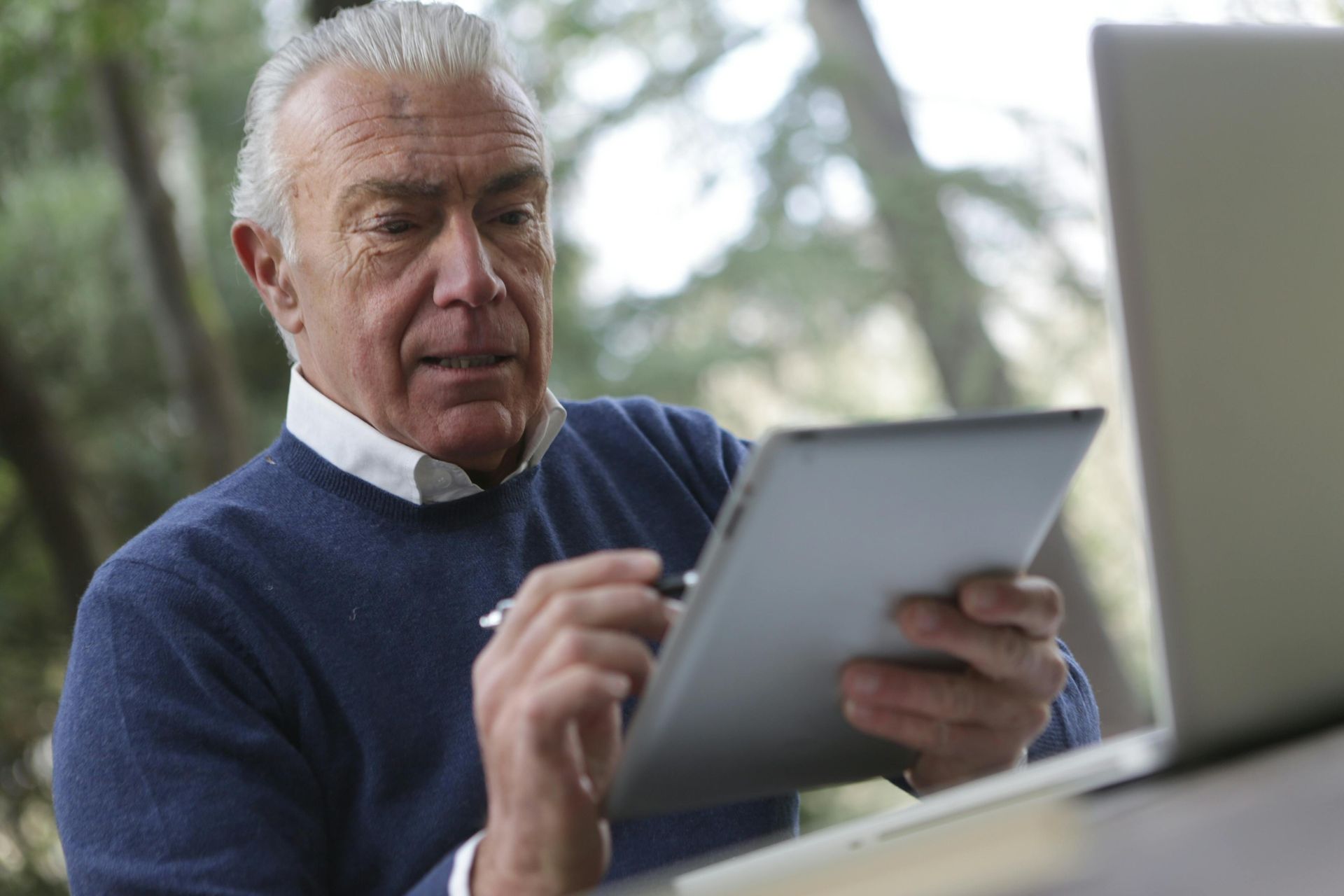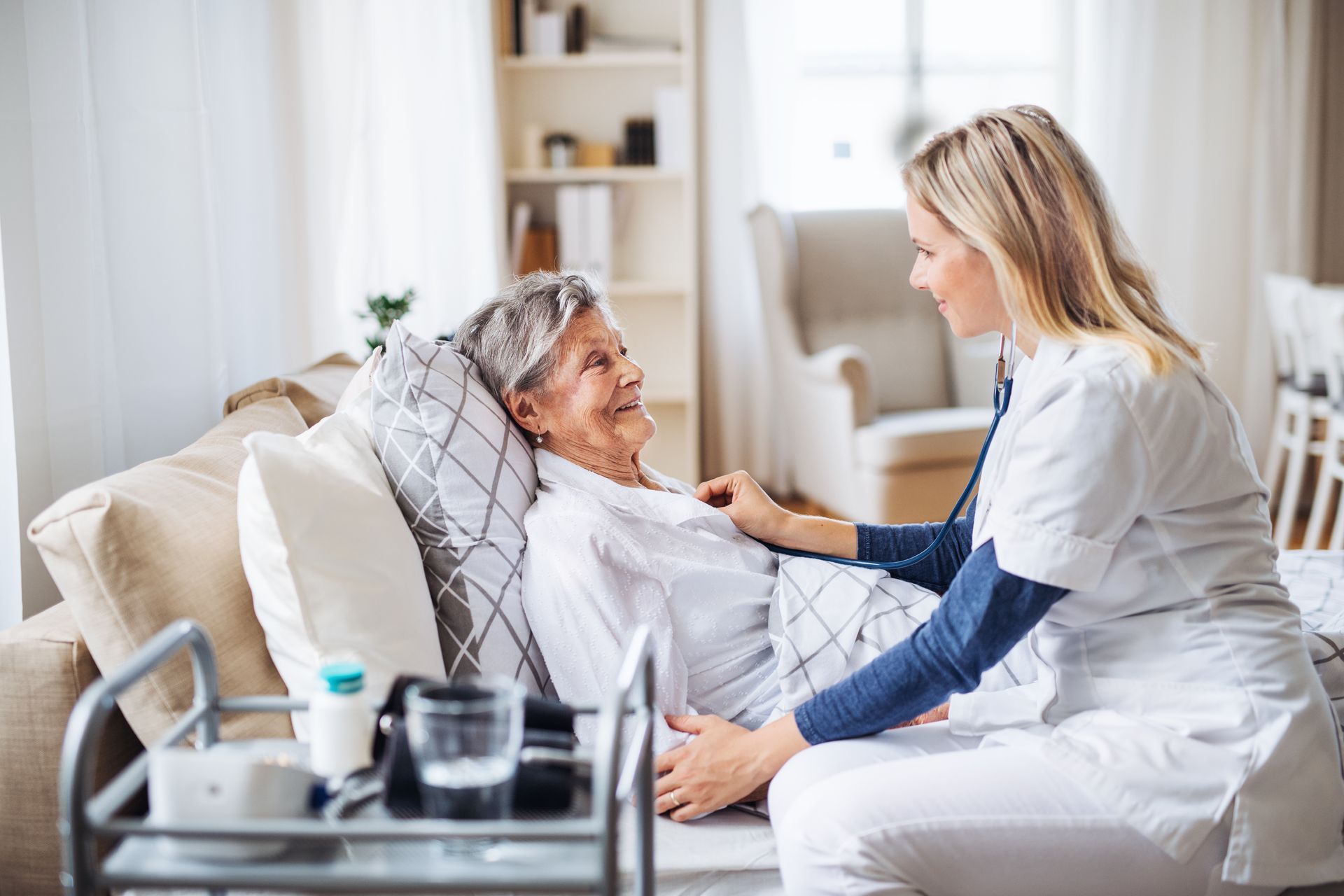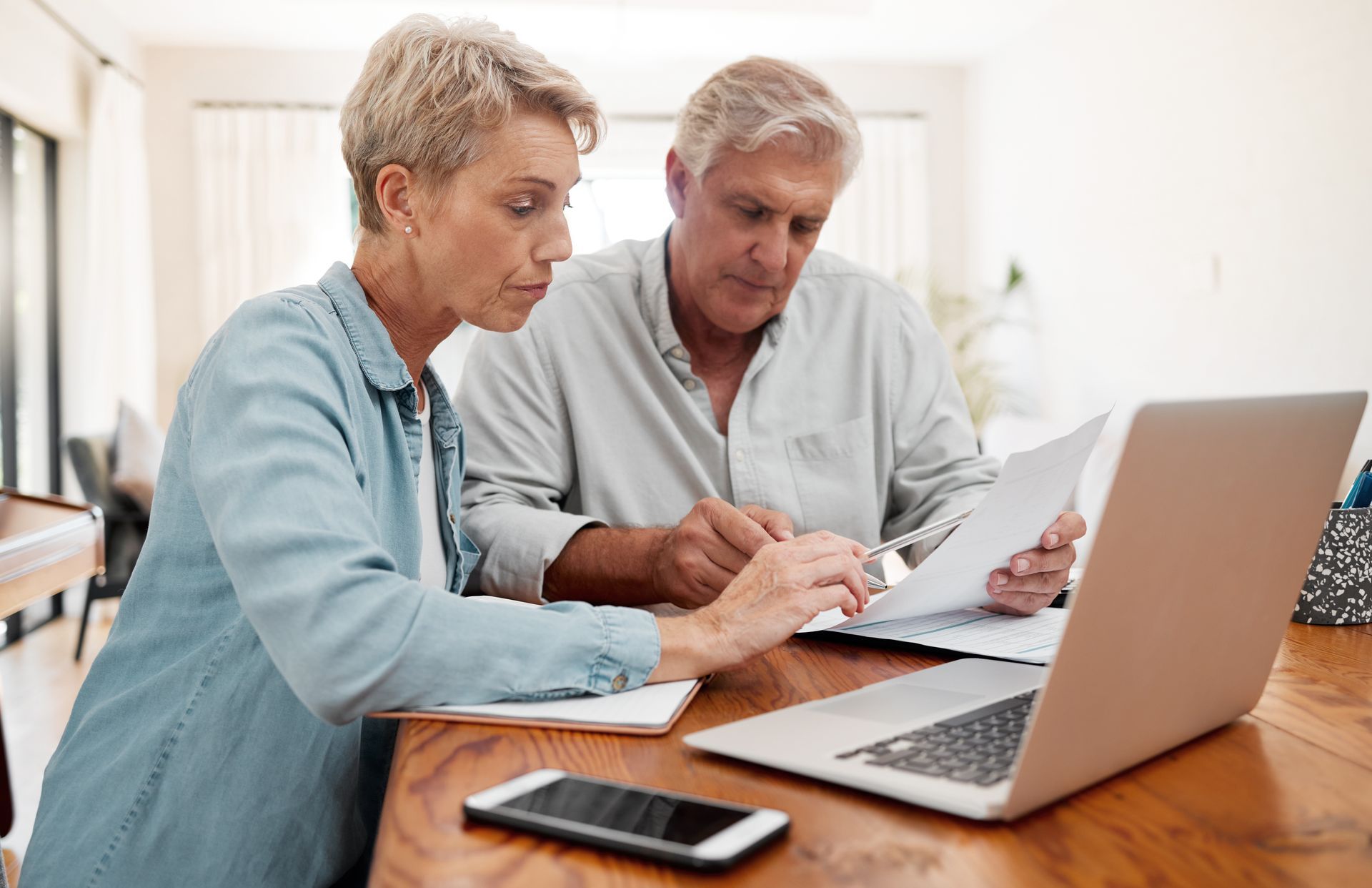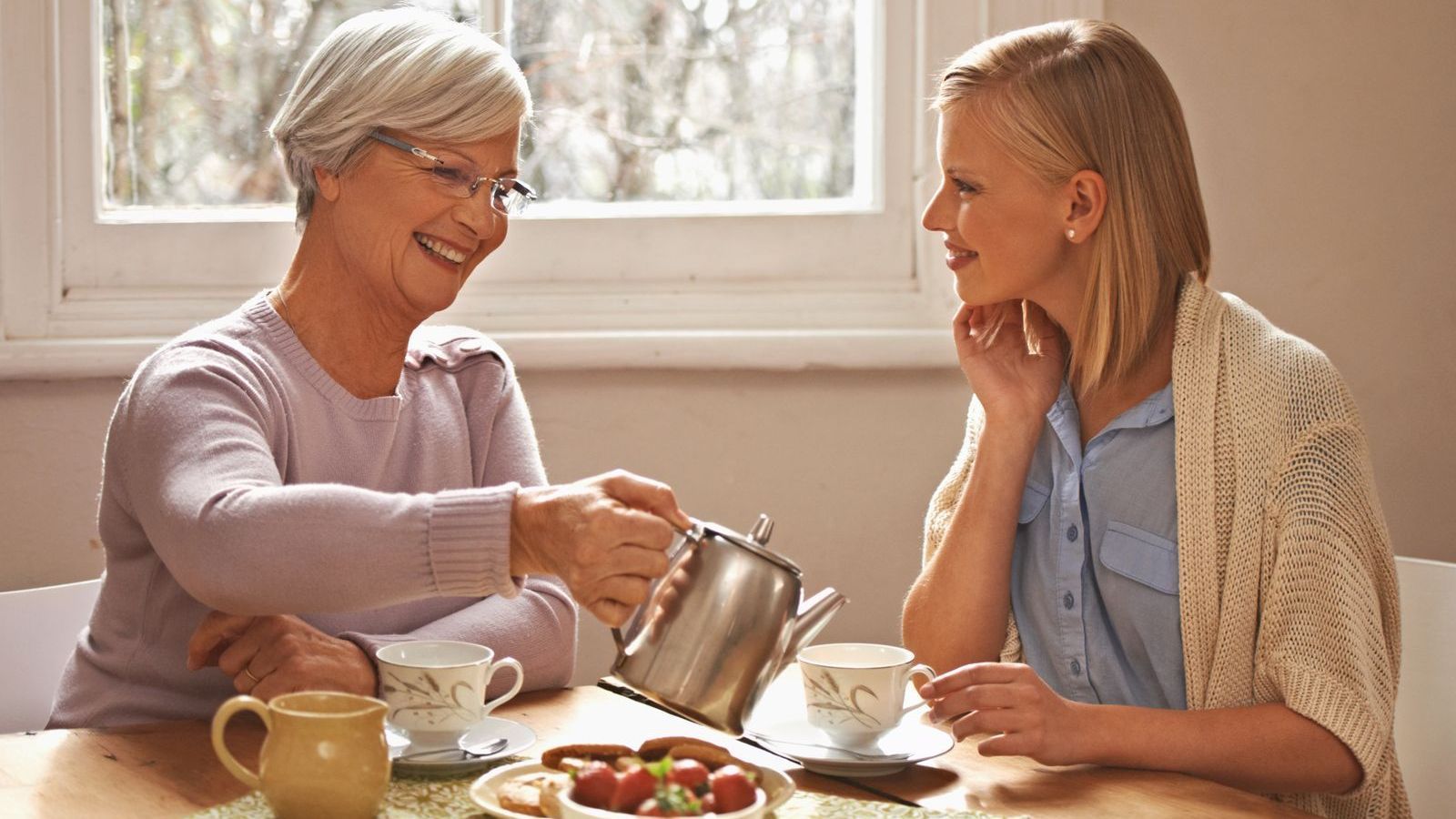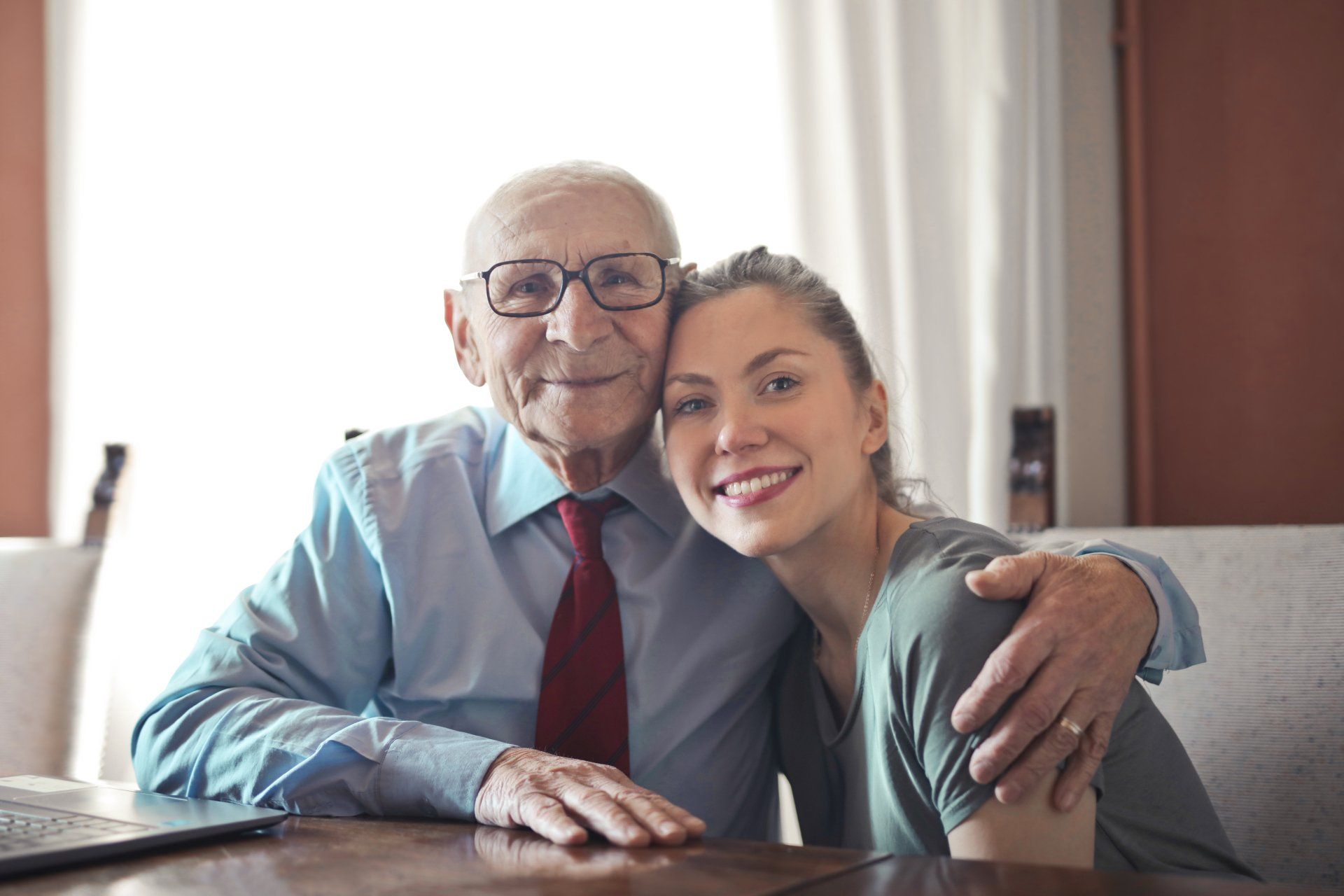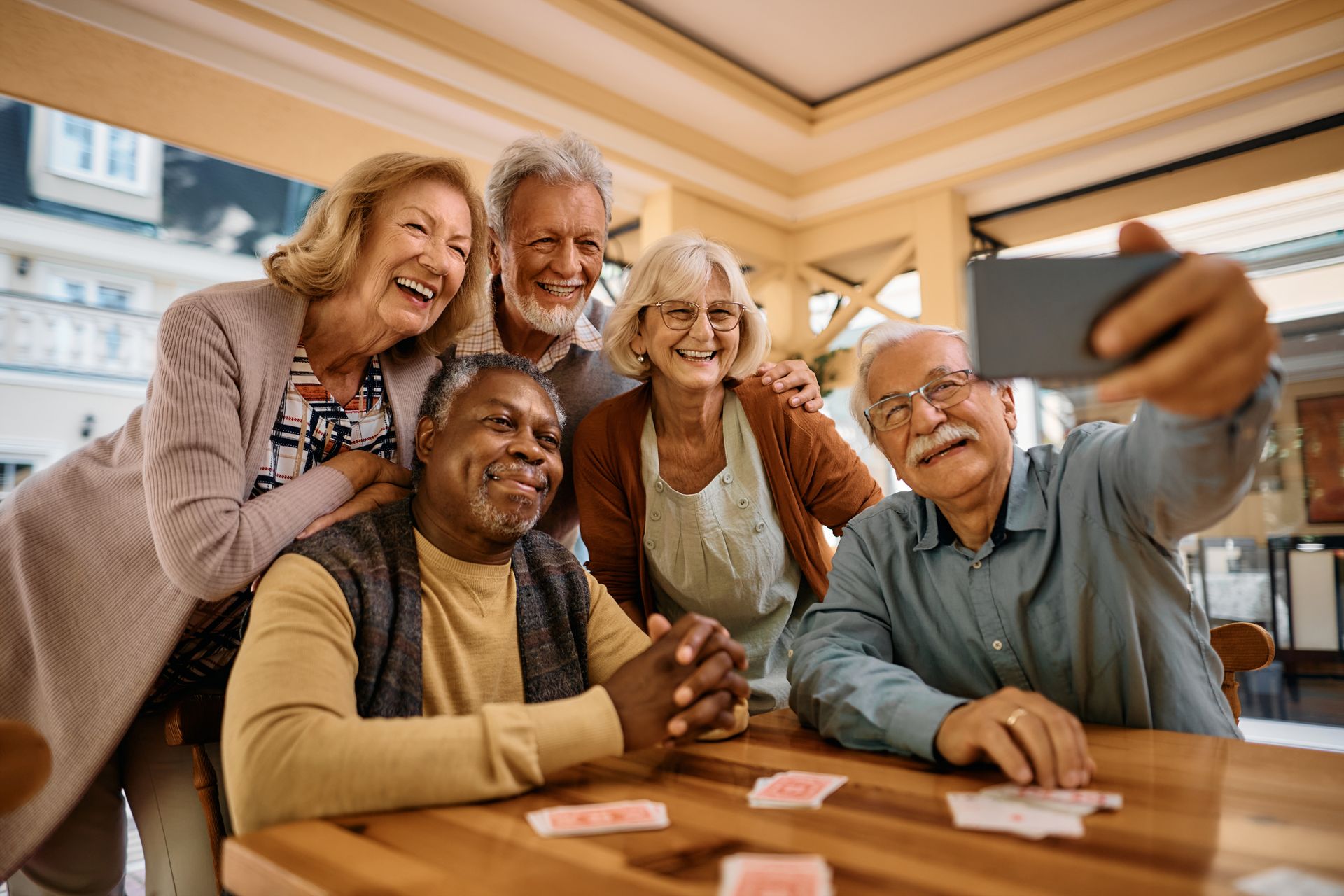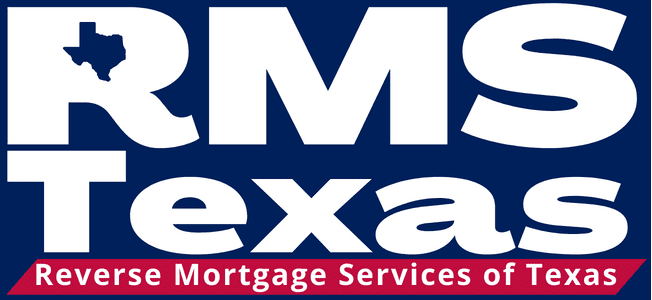
Home Modifications for Aging in Place
Live More Comfortably in Your Texas Home as You Age
Aging in place is an attractive option for many seniors, offering the comfort of familiar surroundings and the convenience of staying within their community. For senior homeowners in Texas, making thoughtful home modifications can significantly enhance safety, accessibility, and overall quality of life. Here are the top home modifications to consider for aging in place in the Lone Star State.
Entrance and Exit Modifications
Ramps and Zero-Step Entries: Installing ramps or creating zero-step entries is crucial for wheelchair users and those with limited mobility. This modification eliminates the need to navigate stairs, reducing the risk of falls and easing access in and out of the home.
Widened Doorways: Standard doorways can be too narrow for wheelchairs or walkers. Widening doorways to at least 32 inches allows for easier passage and reduces the risk of accidents.
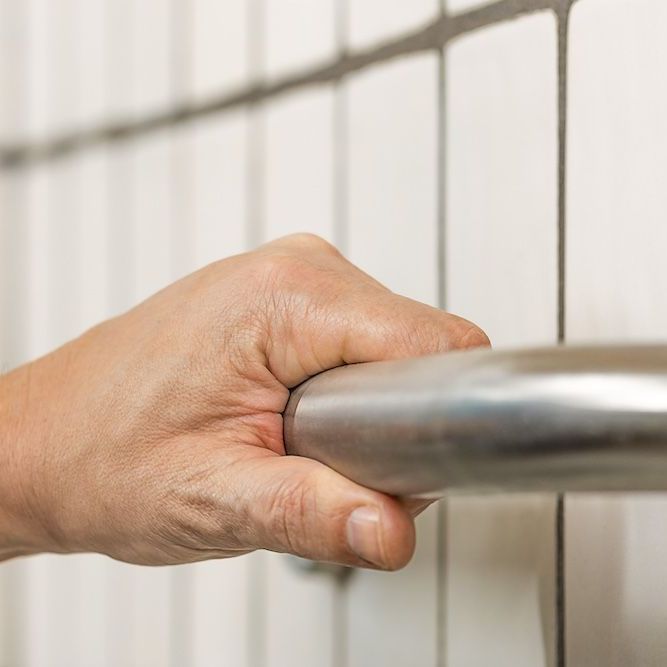
Bathroom Safety Enhancements
Grab Bars and Handrails: Bathrooms are high-risk areas for falls. Installing grab bars near the toilet, shower, and bathtub provides stability and support, helping to prevent slips and falls.
Walk-In Tubs and Roll-In Showers: Replacing traditional bathtubs with walk-in tubs or roll-in showers makes bathing safer and more accessible. These modifications typically include non-slip flooring, built-in seating, and hand-held showerheads, enhancing comfort and independence.
Raised Toilets: Standard toilets can be difficult for seniors to use. Installing raised toilets or adding toilet seat risers can make sitting and standing easier and safer.
Kitchen Adaptations
Adjustable-Height Countertops: Installing adjustable-height countertops allows seniors to work comfortably whether standing or seated. This modification can make meal preparation safer and more enjoyable.
Lever-Style Faucets: Lever-style faucets are easier to operate than traditional knobs, particularly for individuals with arthritis or limited hand strength. They can be installed in the kitchen and bathroom sinks for added convenience.
Pull-Out Shelves and Lazy Susans: Cabinets and pantries can be challenging to access. Pull-out shelves and Lazy Susans improve accessibility, allowing seniors to reach items without excessive bending or stretching.
Living Area Improvements
Non-Slip Flooring: Replacing slippery flooring with non-slip alternatives, such as textured vinyl or cork, reduces the risk of falls. Area rugs should be secured with non-slip backing or tape to prevent tripping.
Proper Lighting: Adequate lighting is essential for safety. Installing bright, glare-free lighting in hallways, stairways, and throughout the home can help prevent accidents. Motion-sensor lights can be particularly useful for night-time navigation.
Stairlifts and Home Elevators: For multi-story homes, installing a stairlift or home elevator ensures that all levels remain accessible. These devices can significantly improve mobility and reduce the risk of falls on stairs.
Bedroom Adjustments
Adjustable Beds: Adjustable beds offer increased comfort and can aid in getting in and out of bed. They are particularly beneficial for seniors with mobility issues or health conditions that require specific sleeping positions.
Bedside Lighting and Controls: Having easy-to-reach bedside lighting and controls for other devices, such as alarms or medical equipment, enhances safety and convenience.
Closet Modifications: Lowering closet rods and installing pull-down shelves make clothing and personal items more accessible, reducing the need for reaching or climbing.
Home Automation and Smart Technology
Medical Alert Systems: Installing a medical alert system provides peace of mind, allowing seniors to call for help in an emergency. Many systems include fall detection and GPS tracking features.
Smart Home Devices: Smart home technology can enhance safety and convenience. Smart thermostats, voice-activated assistants, and automated lighting systems can be controlled without physical effort, making routine tasks easier.
Security Systems: Installing a security system with cameras, motion detectors, and emergency response features can help protect seniors from potential intruders and provide added peace of mind.
Exterior Modifications
Accessible Pathways: Creating smooth, well-lit pathways around the home reduces the risk of falls and makes outdoor areas more enjoyable. Consider adding handrails or ramps where needed.
Easy-to-Maintain Landscaping: Opt for low-maintenance landscaping options to reduce the physical strain of yard work. Raised garden beds and automatic irrigation systems can help seniors continue to enjoy gardening without the heavy lifting.
For senior homeowners in Texas, aging in place is a viable and appealing option with the right home modifications. By addressing key areas such as entrances, bathrooms, kitchens, living spaces, bedrooms, and exterior areas, seniors can enhance their safety, independence, and quality of life.
If you are looking for a way to pay for home modifications, consider using your home equity. A reverse mortgage may give you tax free income without a monthly mortgage payment. Contact me to learn more.
With thoughtful planning and the help of professionals, aging in place can be a comfortable and fulfilling choice for years to come.
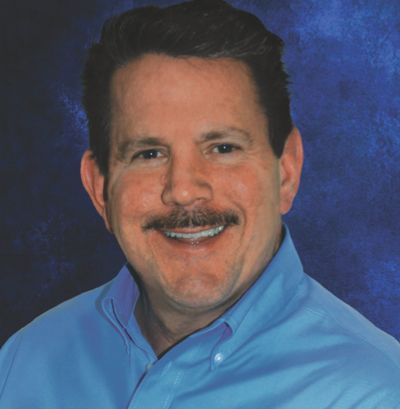
Set-Up a Confidential Discussion
If you or your client are unsure about the details of a reverse mortgage, has questions, or wishes to get started, feel free to schedule a time on Robb's calendar.
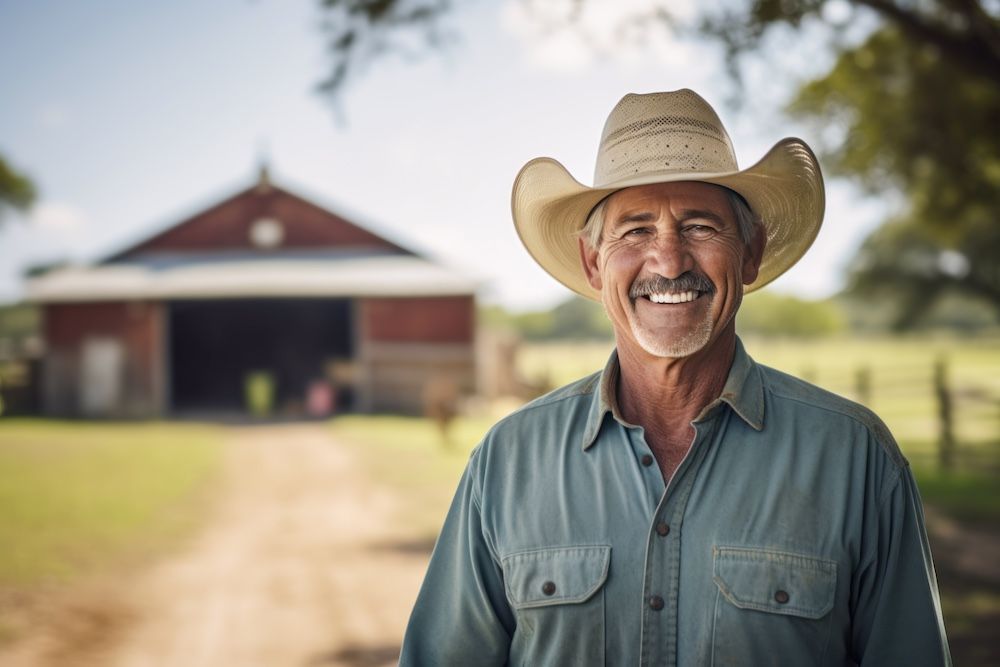
Robb Hamilton
NMLS# 358150
Broker License #2407110
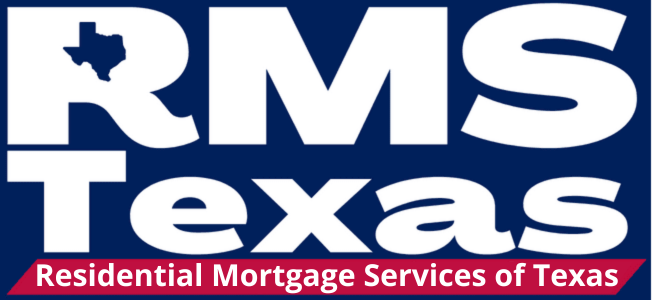
This material is not provided by, nor was it approved by the Department of Housing & Urban Development (HUD) or by the Federal Housing Administration (FHA). It is not intended to be a substitute for legal, tax or financial advice. Consult with a qualified attorney, accountant or financial advisor for additional legal or tax advice.
*There are some circumstances that will cause the loan to mature and the balance to become due and payable. The borrower(s) must continue to pay for property taxes and insurance and maintain the property to meet HUD standards or risk default. Credit is subject to age, minimum income guidelines, credit history, and property qualifications. Program rates, fees, terms and conditions are not available in all states and subject to change.
Homeowners must be 62 years of age or older and live in the home as their primary residence. Homes must meet FHA/HUD minimum property standards. Borrowers must maintain hazard and flood insurance premiums, property taxes, utilities and make any property repairs. Although there are no mandatory monthly principal and interest mortgage payments, interest accrues on the portion of the loan amount disbursed if no payments are made. Program rates, fees, terms and conditions are not available in all states and subject to change. At the conclusion of a reverse mortgage, the borrower must repay the loan and may have to sell the home or repay the loan from other proceeds. Charges will be assessed with the loan, including an origination fee, closing costs, mortgage insurance premiums and servicing fees. The loan balance grows over time and interest is charged on the outstanding balance. The borrower remains responsible for property taxes, hazard insurance and home maintenance, and failure to pay these amounts may result in the loss of the home. Interest on a reverse mortgage is not tax-deductible until the borrower makes partial or full re-payment.
NMLS Consumer Access
Disclosures & Licensing
Texas Consumer Complaint Disclosure |
Privacy Policy
Robb Hamilton |All Rights Reserved | RMS Texas
Website managed by Wordflirt
